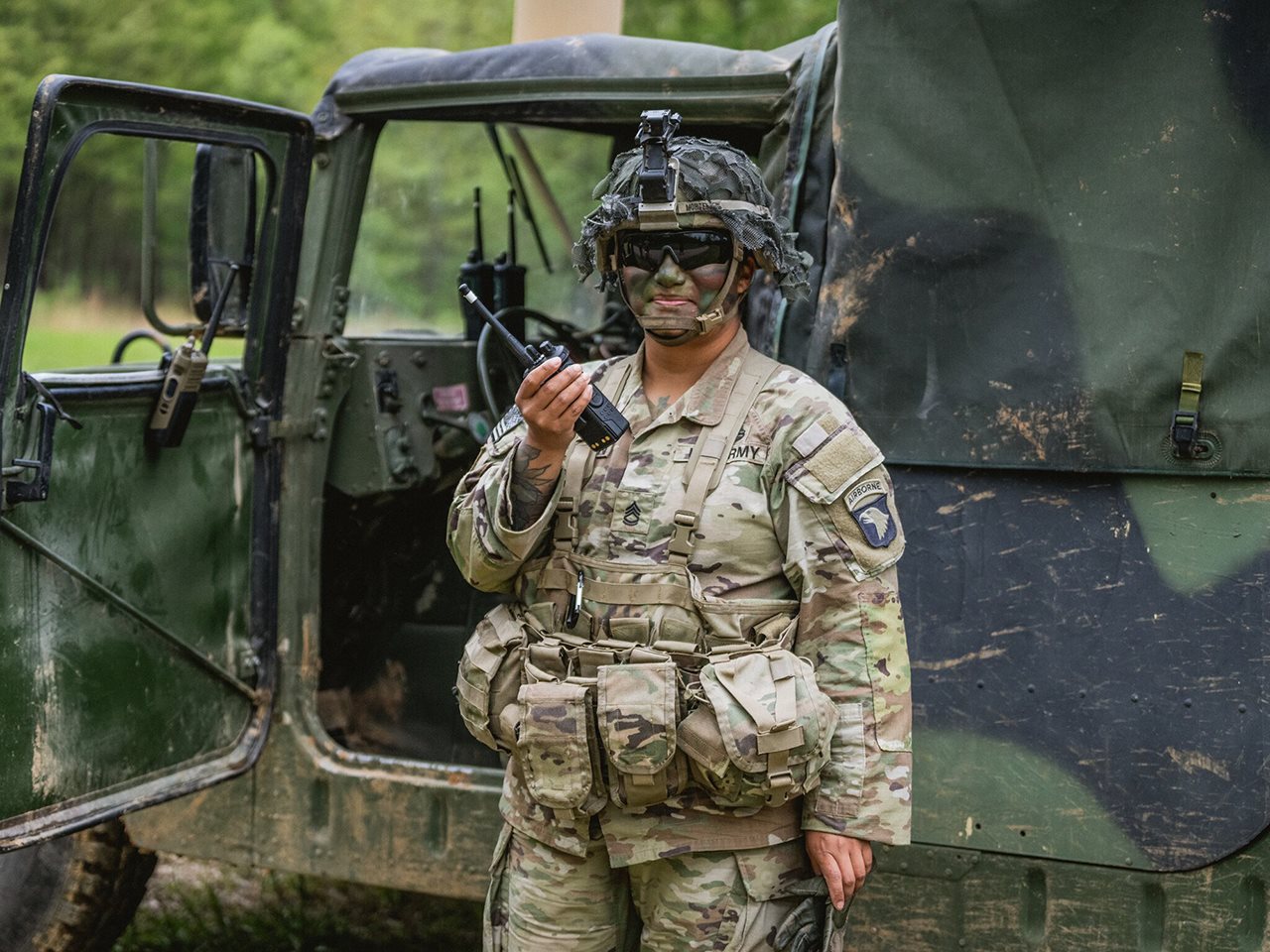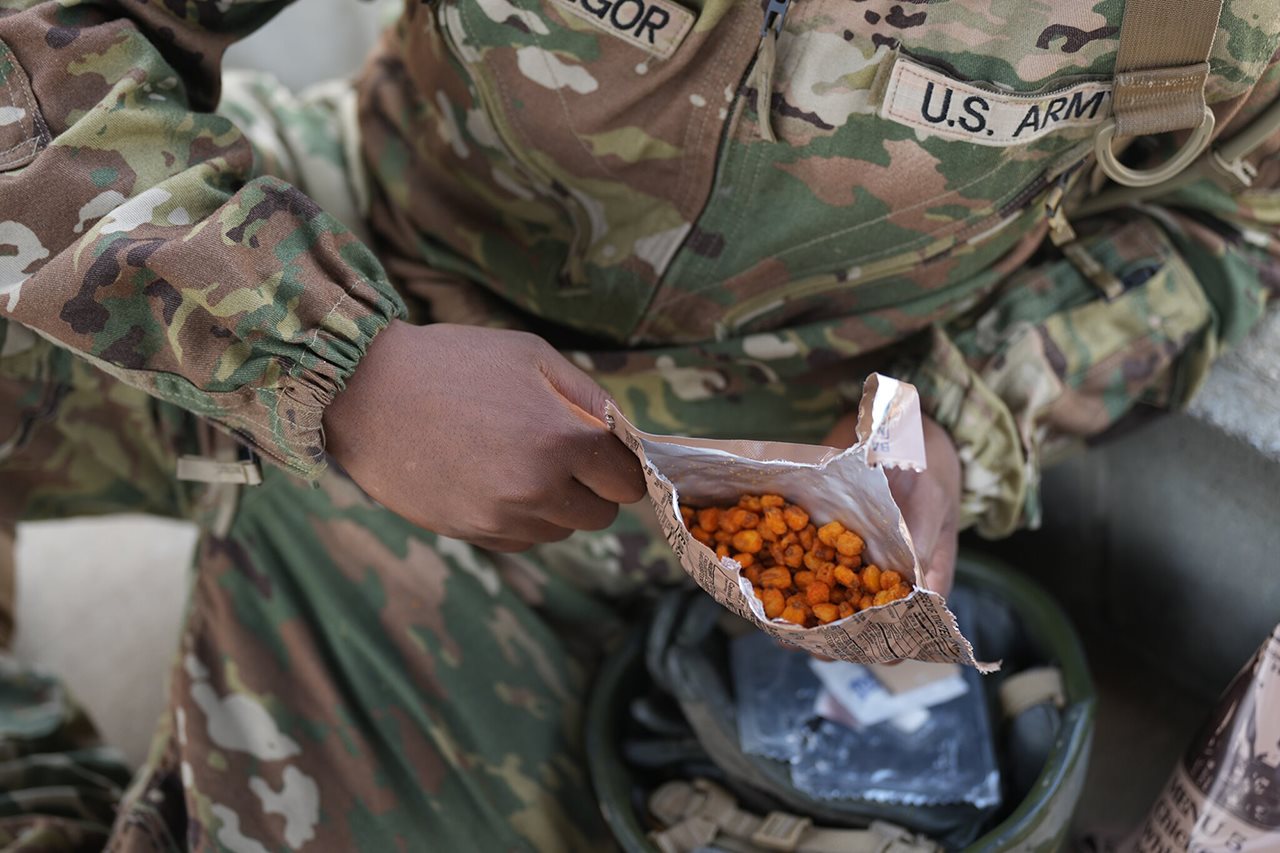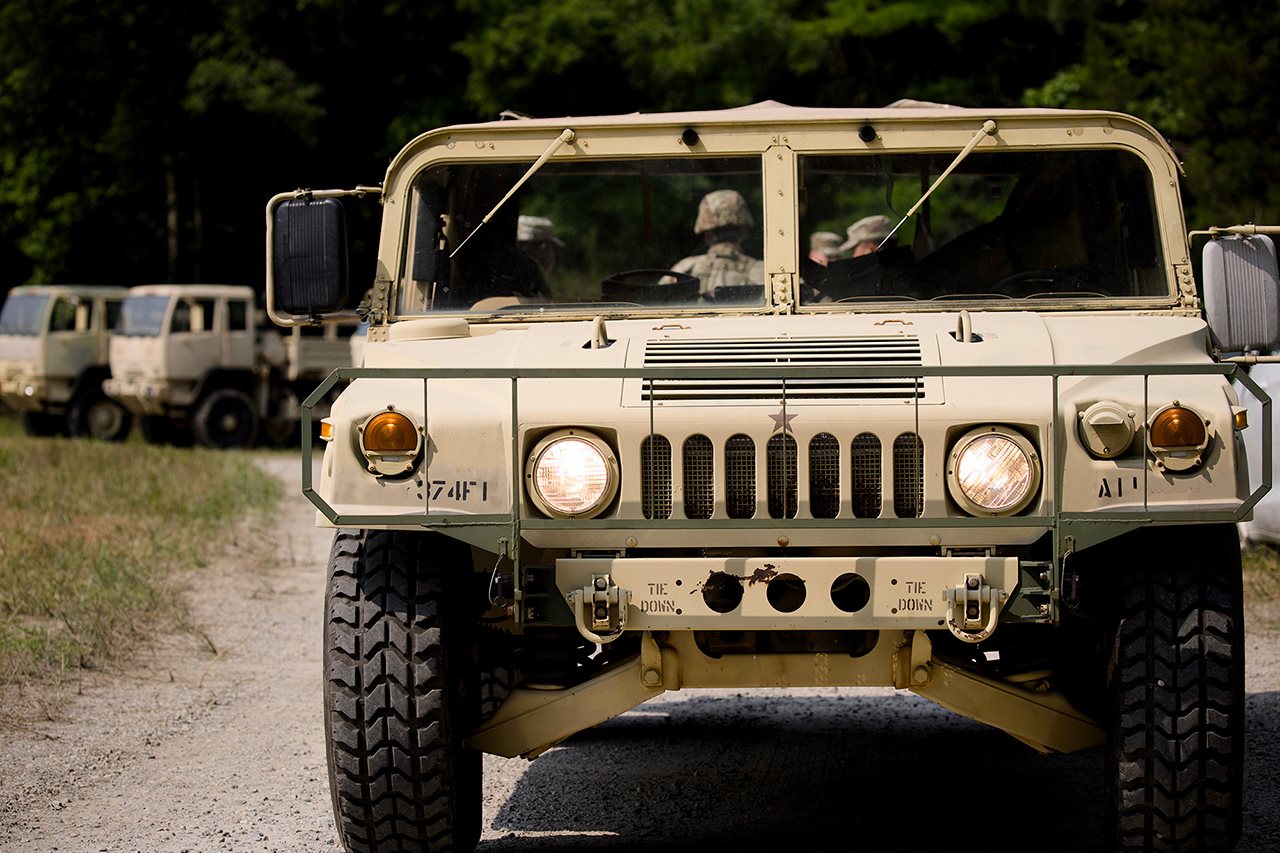(BPT) - The U.S. Army turns 250 this year - one year older than the nation itself. But how has America's largest military branch maintained its competitive edge year over year for two and a half centuries? The answer: innovation. Since 1775, the Army's dedication to modernization has inspired advances in every field from technology and medicine to transportation and communications, transforming not just the force, but the world.
The U.S. Army Center of Military History works to bridge the Army's historic past with its promising future, and contributed to the following list of the seemingly ordinary conveniences with surprising Army origins:
The Supercomputer
The birth of the modern-day supercomputer extends back to World War II, when the Army funded and commissioned the development of the Electronic Numerical Integrator and Computer (ENIAC) to help calculate artillery trajectories during warfare. The completed device - which consisted of 40 nine-foot-tall cabinets, weighed over 30 tons, and occupied 1,800 feet of space - significantly outperformed preceding analog processes, and served as the nation's premiere computing machine for much of its lifespan. Often considered the precursor to today's supercomputers, ENIAC and its Army-sponsored successors, EDVAC and ORDVAC, helped lay the foundation for much of modern computing.
Walkie-Talkies
The critical need for Soldiers to be able to talk to each other in the field spurred innovations in communications, including the original "walkie-talkie," a two-way radio which was carried on Soldiers' backs. To supplement this cumbersome device, the five-pound handheld "handie-talkie" was developed to provide a compact means of close-range tactical communication in WWII. This predecessor to the walkie-talkie of today had an antenna over three feet long and proved to be a valuable asset on the chaotic battlefields of WWII.

Fashion Trends
Born out of necessity and practicality in the field, Army clothing trends and accessories have found a dual purpose for both Soldiers and civilians alike. For example, the distinct shape of aviator sunglasses has origins dating back to WWII. Originally classified as "goggles" upon their introduction in the 1930s, these now iconic shades were designed to protect the eyes of U.S. Army Air Corps (and later, U.S. Army Air Force) pilots while flying. The leather bomber jacket - a staple in many winter closets - was also popularized during WWII, and although the iconic A-2 model began to be phased out in 1943, many crewmen continued wearing their jackets and adopted the habit of decorating them with elaborate artwork.
Food Preservation
To supply troops with much-needed nutrition wherever they are, the Army used food science to develop practices like high-pressure processing and freeze-drying to produce long-lasting rations for Soldiers. These techniques are used in many consumer-packaged goods today, making safe, shelf-stable foods accessible to everyone, including things like canned foods, deli meats, juice pouches, packaged crackers and more. These processes make many foods lightweight and long-lasting, so they're ideal for everything from travel to emergencies.

Emergency Transportation
According to the National Museum of the U.S. Army, a Soldier who receives medical attention within six hours of injury has a 600% increase in their chance of survival. Dedicated aeromedical evacuation units employing fixed-wing aircrafts were activated in 1942, and although the process was valuable, it was difficult for airplanes to reach Soldiers in rugged terrain. The first MedEvac by helicopter occurred later in WWII, when a U.S. Army helicopter rescued Soldiers in Burma, proving that the more agile transport was an excellent tool for evacuating those in need. This sparked technology that would go on to save countless lives not only on battlefields, but around the world.

Four-Wheel-Drive Vehicles
Many of the vehicles you see on the road today - like the Hummer and the Jeep - are derived from those invented for military needs. The Jeep was designed in WWII when the Army required a sturdy, cross-country tactical and reconnaissance vehicle for Soldiers. Over 600,000 Jeeps were produced during WWII, making it the largest production run of any four-wheel-drive vehicle up to that point, and it spawned a line of popular civilian descendants that continues to this day. More recently, the Hummer H1 was a direct civilian conversion of the Army's Humvee (HMMWV), a light tactical multipurpose vehicle that filled many of the same roles as the Jeep.
Highways
The over 40,000-mile network of the Interstate Highway System (IHS) was authorized in 1956 by President Dwight D. Eisenhower, who early in his Army career participated in the 1919 Transcontinental Motor Convoy - a cross-country exercise intended in part to test the military's mobility during potential wartimes. The trek showcased the shortcomings of the nation's infrastructure, and Eisenhower believed a dedicated system of roadways would be essential for defense, troop mobilization, and economic development. Today, the IHS remains crucial for economic growth, urban development, and travel and tourism.
Army Innovation Continues
The Army is continuing to evolve and innovate, ensuring that the force remains unmatched in its ability to support the nation's people and priorities into the future. Not only do advancements include cutting-edge drone technology and AI-powered capabilities, but Soldier-centric programs like the Army's Holistic Health & Fitness system (H2F) have been designed to optimize both physical and non-physical Soldier performance to maintain the force's readiness and cinto the future.
For more information on Army innovation and the 250+ careers driving this transformation, visit GoArmy.com.




